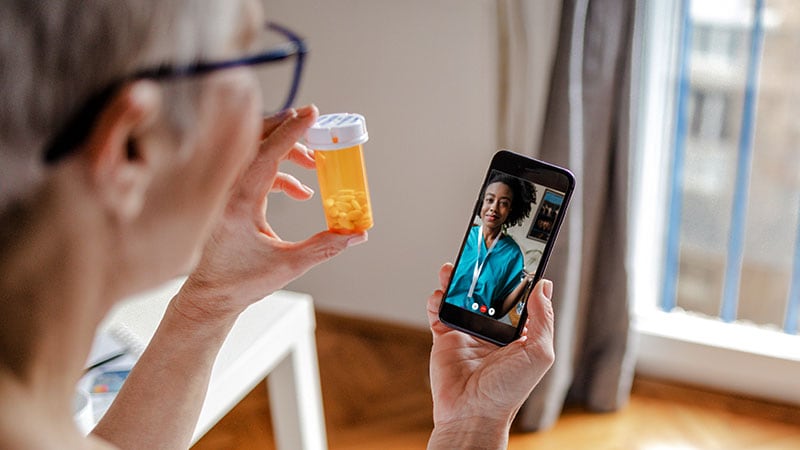Takeaway
- HCV treatment with direct-acting antivirals (DAAs) is associated with a 47% reduced risk for subsequent diabetes mellitus (DM).
Why this matters
- Magnitude of benefit is greater among patients with more advanced liver fibrosis/cirrhosis.
Study design
- ERCHIVES data for 242,680 HCV-infected US Veterans; 2% received peginterferon-ribavirin (PEG/RBV) and 8.8% were treated with DAAs.
- Treated and nontreated patients were matched by propensity score.
- Primary outcome: incident diabetes >12 weeks postbaseline.
- Funding: Gilead Sciences.
Key results
- Diabetes incidence was significantly lower in treated vs untreated patients (15.4 vs 20.6 per 1000 person-years [PY]; P<.0001).
- Effect was driven by DAAs (9.89 vs 20.6 per 1000 PY; P<.0001), not PEG/RBV (19.8 vs 20.6 per 1000 PY; P=.39).
- 78.8% achieved sustained virologic response at 12 weeks posttherapy (SVR12).
- Among treated patients, diabetes rate was lower with SVR12 than without (13.3 vs 19.2 per 1000 PY; P<.0001).
- Rate reduction benefit of treatment rose with disease severity. Absolute difference per 1000 PY:
- 2.9 for fibrosis-4 index (FIB-4) <1.25,
- 5.7 for 1.26<FIB-4<3.25, and
- 9.8 for FIB-4 >3.25.
- DAA therapy (HR=0.53; 95% CI, 0.46-0.63) and SVR12 (HR=0.81; 95% CI, 0.70-0.93) predicted reduced risk for diabetes; PEG/RBV did not.
- Diabetes-free survival was significantly longer with DAAs vs PEG/RBV and no treatment (P<.001).
Limitations
- Retrospective design; predominantly male population.
References
References



